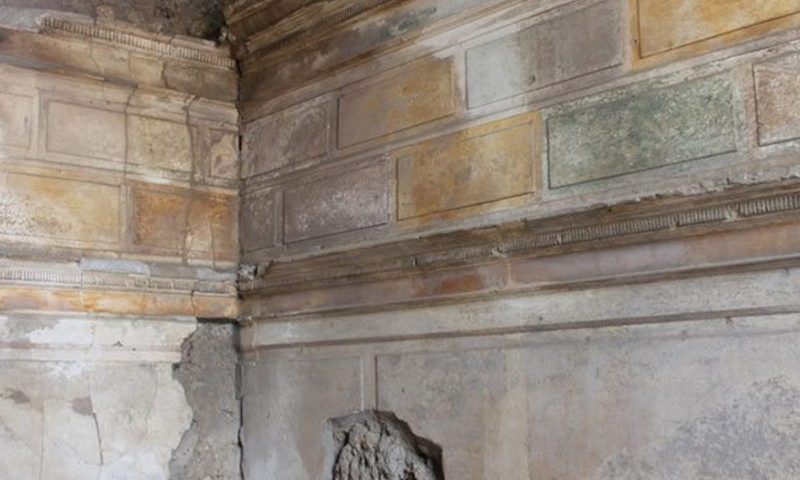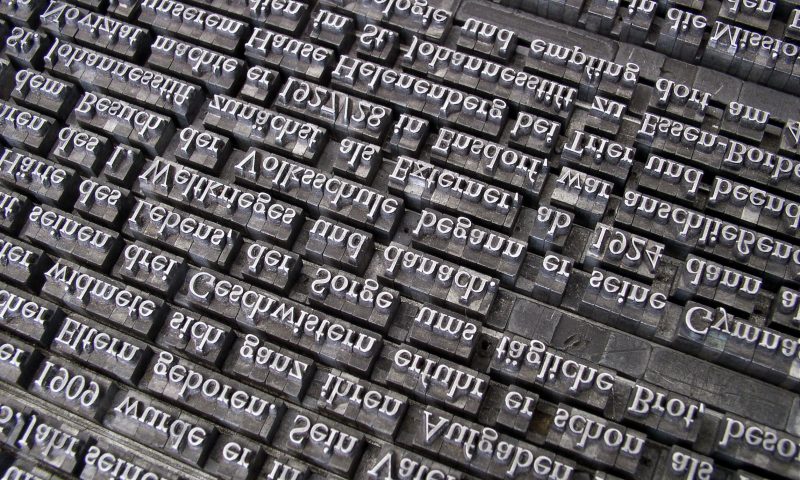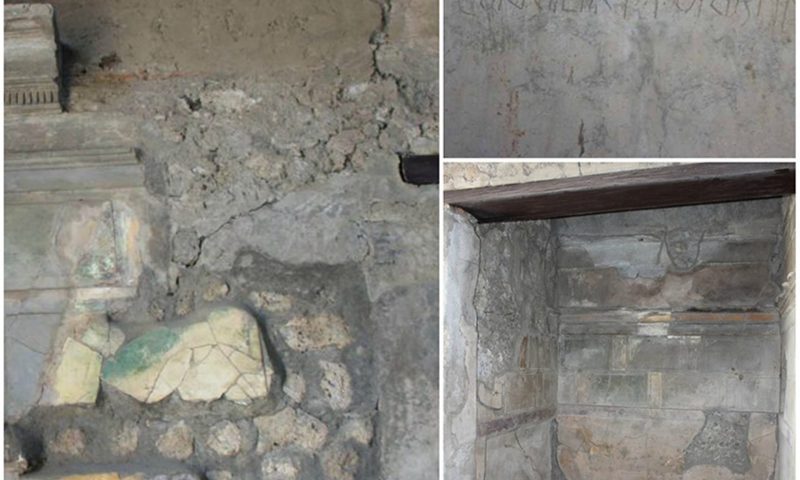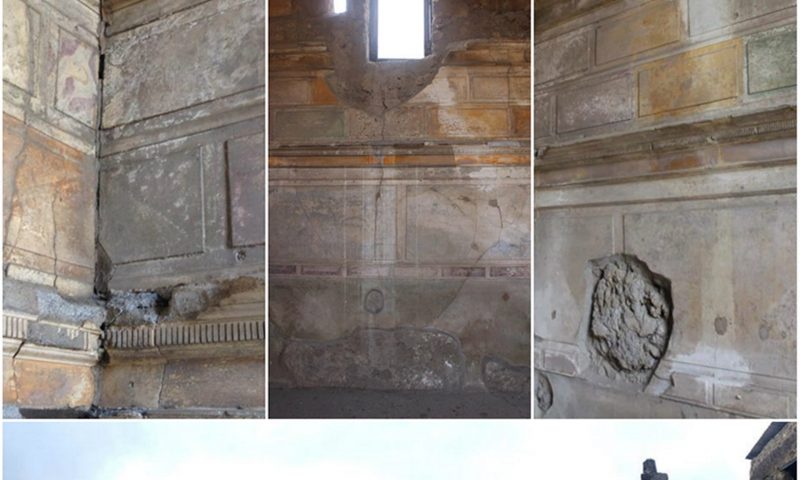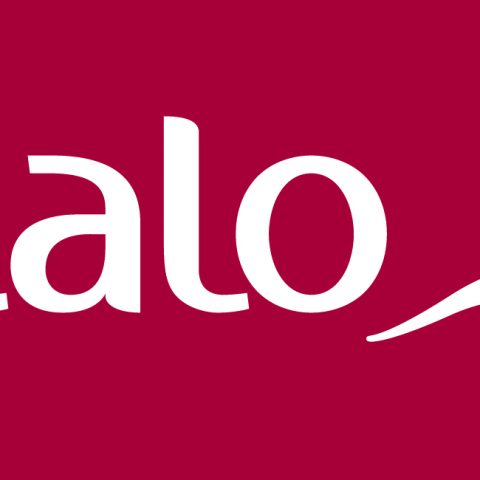The Golden Age Bedroom
LoveItaly thanks all the donors who generously contributed to the crowdfunding campaign. Your support, together with funding from the Superintendence of Pompeii, completes the fundraising for the Golden Age Bedroom and it will now be possible to begin the necessary restoration work. Once this long and complex work is concluded, the House of the Centaur can be opened to the public so that everyone can admire its beauty.
Pompeii
Italy
Campaign closed.
Thanks for you support!
We collected:
52.459,00€
This 2,000 year old bedroom may be small, but its scientific, historical and artistic value is huge. Cubiculum N. 3 offers a rare glimpse into life in the exclusive District VI of Pompeii during the city’s Golden Age.
Dating back to the 2nd century BC, the Cubiculum n.3 of the Domus of the Centaur is one of city’s finest and most important antiquities. Predating Roman colonisation, this bedroom is not only one of the few surviving interiors from Pompeii’s Golden Age, it features the rarity of a small antechamber combined with a bedroom alcove. Not only has the bedroom survived the cataclysmic effects of the volcanic eruption of 79 A.D. which buried the city on the Bay of Naples in ash, it also avoided destruction from bombing during WWII which destroyed the rest of the Domus. Furthermore, the bedroom has kept its original wall decorations in the “First Style”, dating back to the earliest years of the city. These are very rare because most examples of this type of decoration were covered over or repainted as fashions changed over time.

The Domus of the Centaur (VI 9, 3-5) is an artistic and historic gem, even in the archaeological treasure trove of Pompeii. At some point, two houses were joined together, numbers 3 and 5 on Via Mercury in the Regio VI (District 6), an exclusive area given its close location to the Forum and particularly favoured by the Samnite aristocracy. So called because of its many frescoes of legendary horseman centaurs, the House contained the oldest known mosaic in Pompeii, dating back to the mid 3rd century B.C.. Given the age and location of the house and the remarkable refinement of its decorations, the Domus is a mirror to the history of the city, demonstrating how building developed over time in step with historical events and Pompeiian society.
The First Pictorial Style was inspired by the Greek fashion of decorating walls with rows of multi-coloured stucco blocks to imitate the luxurious yellow, purple and pink marble slabs facing the temples and other public buildings. The colours and mouldings are still clearly visible today, but conservation work is needed to bring back the luxury and beauty of this room as it was enjoyed by its inhabitants.
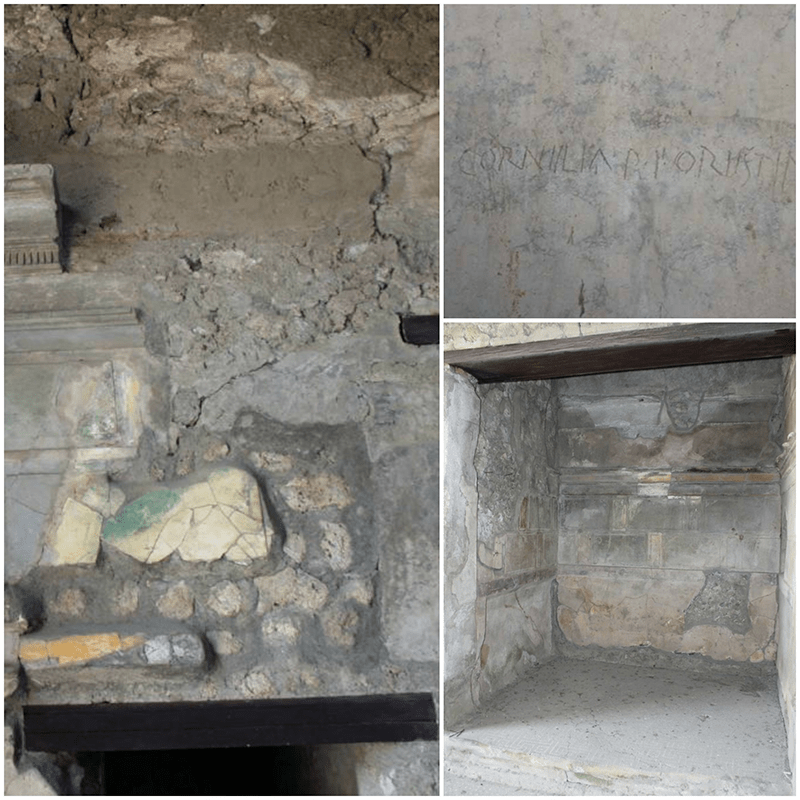
A Brand New Opportunity
The Cubiculum of the Domus of the Centaur represents a brand new chapter in the huge conservation challenge that is Pompeii. While the Great Pompeii Project focuses on hydro-geological risk mitigation and safety measures across the 66 hectares of the archaeological site, for the first time, the Board of Cultural Heritage of Pompeii is reaching out to crowdfunding to allow private contributions to individual structures within the site. This is a unique opportunity to be a part of Pompeii.
Project Direction
The project is overseen by Dr. Fabio Galeandro, the Board of Cultural Heritage of Pompeii archaeologist responsible for the VI Regio. The work will be carried out by experts in their field to the highest level, allowing for the cubiculum to survive for centuries more.
The Project
Professional, specialized restoration work is needed to stop the deterioration of the room and save the decorations. Once this work is completed, the room can be opened to visitors. Limescale, age-old patinas, salt growths, degraded grouting, and microfractures have all compromised the integrity of the structure. In some places, the stucco and other decorative elements have begun to detach from the wall. Restoration work will remove the limescale, repair the damaged grouting, fill the microfractures, and re-adhere all decorative elements. After mechanical and chemical cleaning with biocide, the entire room can be re-stabilized and made secure for the public.
The Funding goal
The restoration costs total €48,065 (which includes 22% VAT). In addition, there is a 6% administration fee, video production and a credit card commission for an overall total of €53,000.

